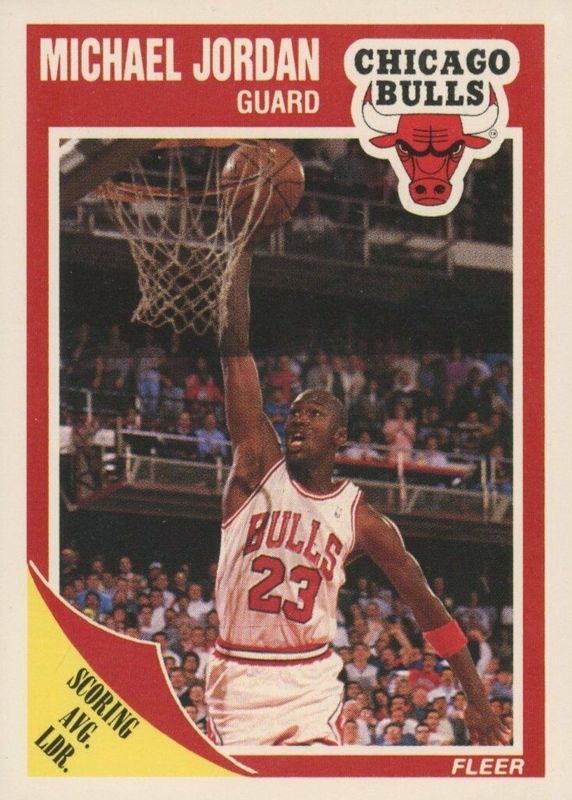In the glitzy realm of trading cards, where the 1986 Fleer Michael Jordan rookie card reigns supreme like the undisputed monarch of collectibles, there’s a quieter yet steadily rising contender: the 1989 Fleer #21. For those who don’t possess the financial prowess of an oil baron but still want a piece of the basketball legend’s cardboard legacy, this card is making its mark in a more subtle but rewarding fashion.
Burdened not by the weight of overwhelming hype, the 1989 Fleer Jordan card is quietly registering impressive appreciation behind the curtains of the grand card-collecting stage. Back in 2021, a pristine PSA 10 version of this piece of cardboard art changed hands at a price that befitted the somewhat modest sum of $1,001. Fast forward to June 2025, and owning the same mint-condition marvel requires a heftier investment of $1,200—a neat 20% rise that speaks volumes about the card’s performance. While it may not make headlines like a lightning-bolt price surge of its famed counterpart, in the world of collecting, the slow burn often places bets on longevity and stability.
For those who may feel like they missed the boat in the 1986 Fleer Jordan frenzy, there’s a bit of solace in numbers. The Professional Sports Authenticator (PSA) reports that there are around 1,240 PSA 10 graded 1989 Fleer Jordans floating around, with an army of over 11,000 PSA 9s also in the wild. That may seem like a significant quantity at first glance, but what’s worth noting is that demand has shown no intention of retreating. Collectors have awakened to realize that every Jordan card needn’t obliterate financial portfolios or come as an investment that demands commas and zeros attached to its price.
Where the real intrigue lies is in the realm of raw copies of this card—those that haven’t been minted with a PSA grade yet. Back in the not-so-distant days of 2022, picking one up required a measly six dollars. Fast forward to the present, and that same card now fetches a relatively princely sum of twenty dollars. That’s slightly more than three times its original cost, sans any fanfare of rare promo markings or the allure of foiled prestige. It’s simply a solid, base-year Jordan that collectors previously regarded as largely ignorable but has since come to be something of a sleeper hit in trading card portfolios.
So, what’s sparking this newfound affection for the age-old cardboard creation? The reasons are as multifaceted as a kaleidoscope turning and catching different prisms of light. For one, the rising costs of card grading are nudging collectors toward already-graded specimens, adding value to those with PSA authentication. Nostalgia plays its part as well, with those warm memories of late ’80s basketball compelling new waves of collectors into the fray. Plus, there’s the undeniable fact that many would rather hang a piece of history featuring MJ in their own modest Hall of Fame without mortgaging their home or selling the family heirlooms to do so.
In an era where some trading cards try to scream for attention with bold visuals or rare prints, the 1989 Fleer never attempted to be the star attraction in the cardboard universe. It doesn’t showcase Jordan mid-air with any grandiose slam dunk overshadowing Patrick Ewing, nor does it boast borders of dazzling gold. Instead, it captures Michael Jordan during the buzz of Bulls mania, with charisma that transcends extravagant aesthetics for those in the know.
For collectors with an eye keen on value and long-term potential, or perhaps those merely hungering for an alternative to the oversaturated headlines of its peers, this card warrants a deserving glance. Just as Jordan did not require the label of ‘rookie’ to demonstrate his prowess on the basketball court, his 1989 Fleer does not need to bask in the spotlight to yield returns. The card, like the man it portrays, embodies a calm rise to prominence—a distinguishing mark of the thinking collector’s portfolio.





